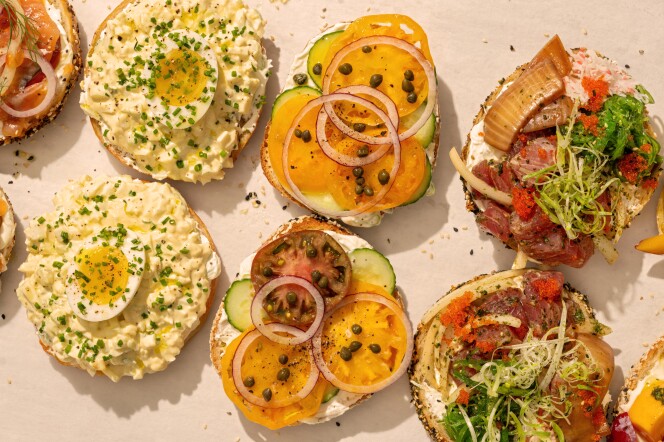With our free press under threat and federal funding for public media gone, your support matters more than ever. Help keep the LAist newsroom strong, become a monthly member or increase your support today.
33 Known Cases Of Coronavirus In California

There are currently 33 confirmed cases of COVID-19 in California, the governor and state health officials said today.
Speaking at a late morning press conference with Gov. Gavin Newsom, Dr. Sonia Angell, director of the California Department of Public Health, broke down the numbers:
- 24 cases where people arrived on repatriation flights
- 7 that are travel-related
- 1 from person-to-person contact from a spouse living in the same home
- 1 new case that may be first instance of human-to-human transmission among the general public
That last one, just announced yesterday, was a resident of Solano County who is not believed to have been exposed via travel and had no contact with a person who was known to be infected.
COVID-19 is caused by a newly discovered coronavirus. That's the same family of viruses responsible for the common cold, and indeed in most cases the symptoms are reportedly mild. Much of the concern here is in the risk it’s posing for those who are already critically ill or who are very young or very old. COVID-19’s fatality rate is estimated to be in the range of 1%-3%, while one study found the fatality rate among the critically ill is 49%. Experts are still trying to better understand how the disease spreads and how dangerous it might be for different populations.
As a precaution, Orange County yesterday declared a local emergency so that health agencies there can better "respond in a nimble and flexible way." That's despite having only a single case.
In Long Beach, where there are no confirmed cases of COVID-19, city officials are also rolling out a series of preventative measures, like regular disinfections at the airport and providing more hand sanitizers in busy public areas.
The outbreak is also changing some protocols at the Port of Long Beach. Vessels coming in with workers from China are being asked to keep people on the ships, Mayor Robert Garcia said today at a press conference with city health officials. “They are not leaving their vessels.”
LEARN MORE:







